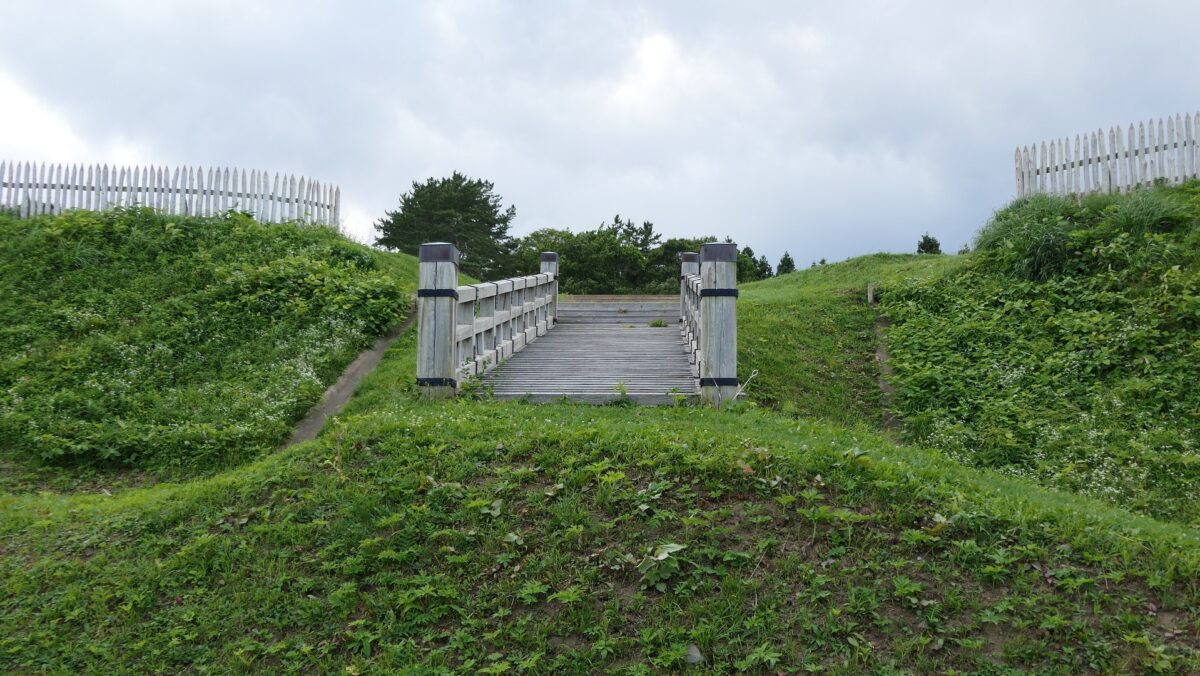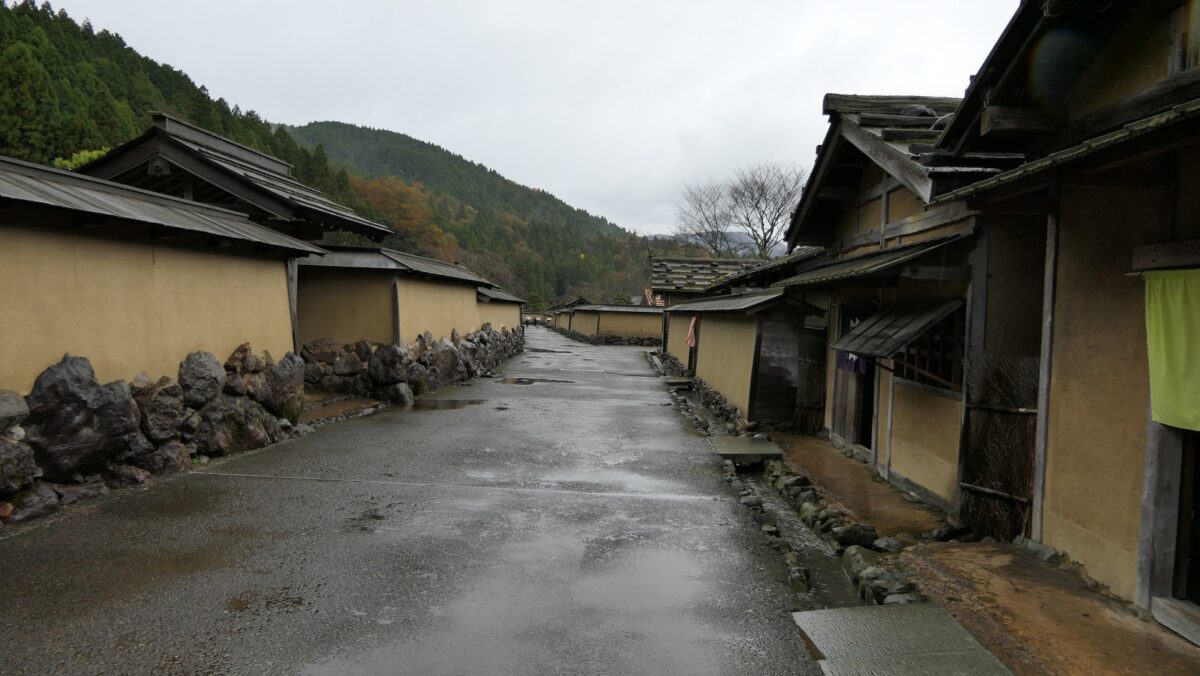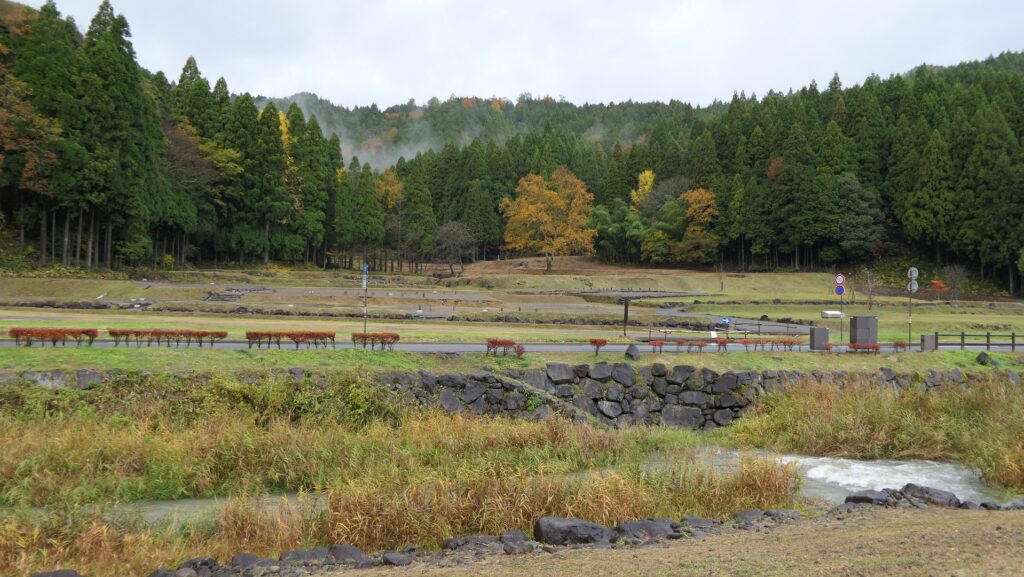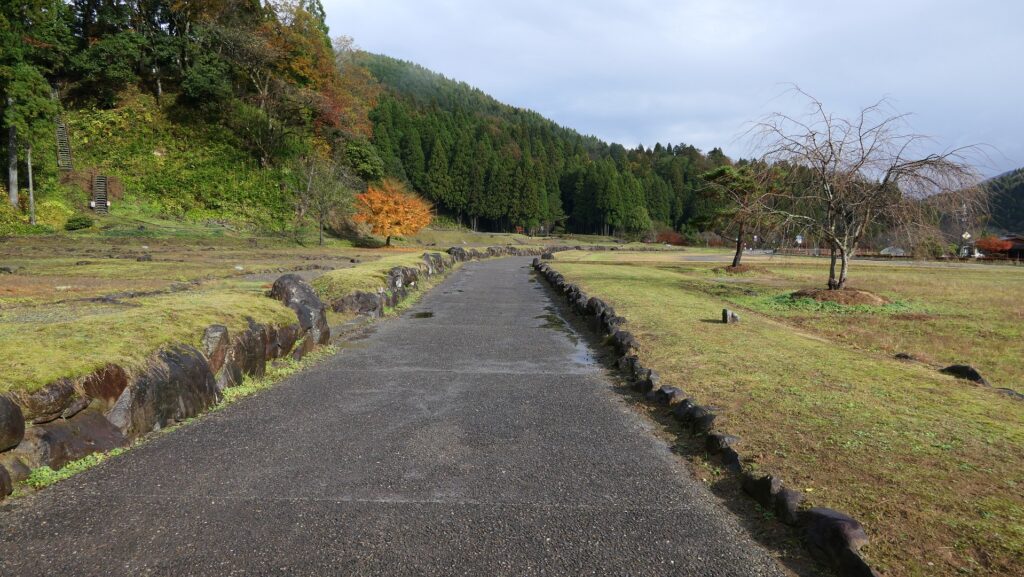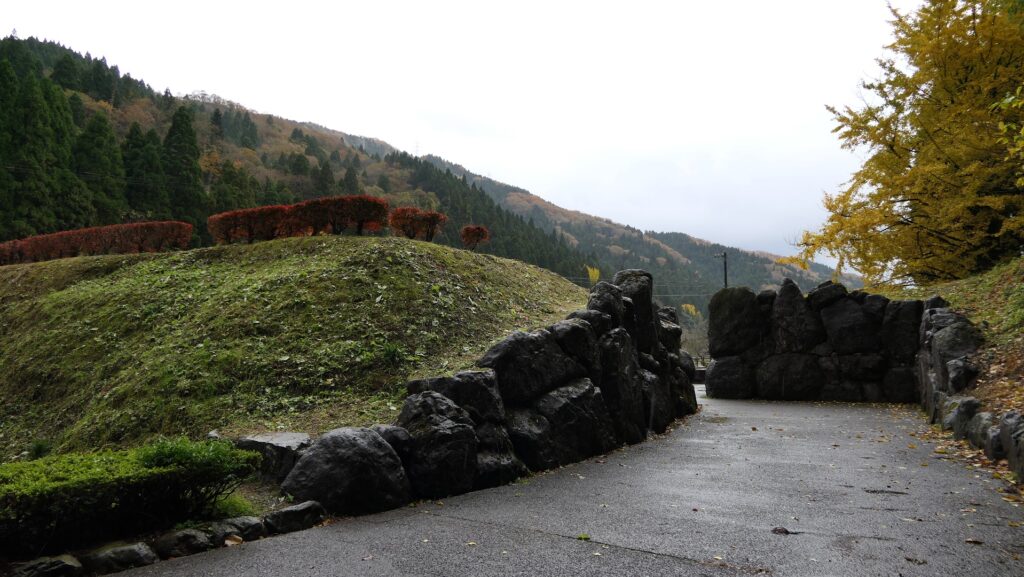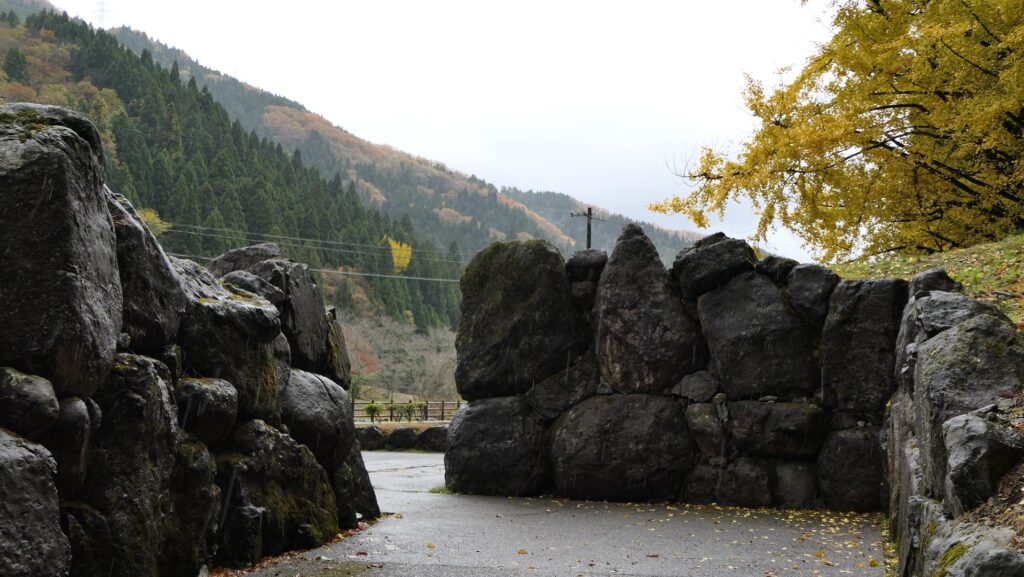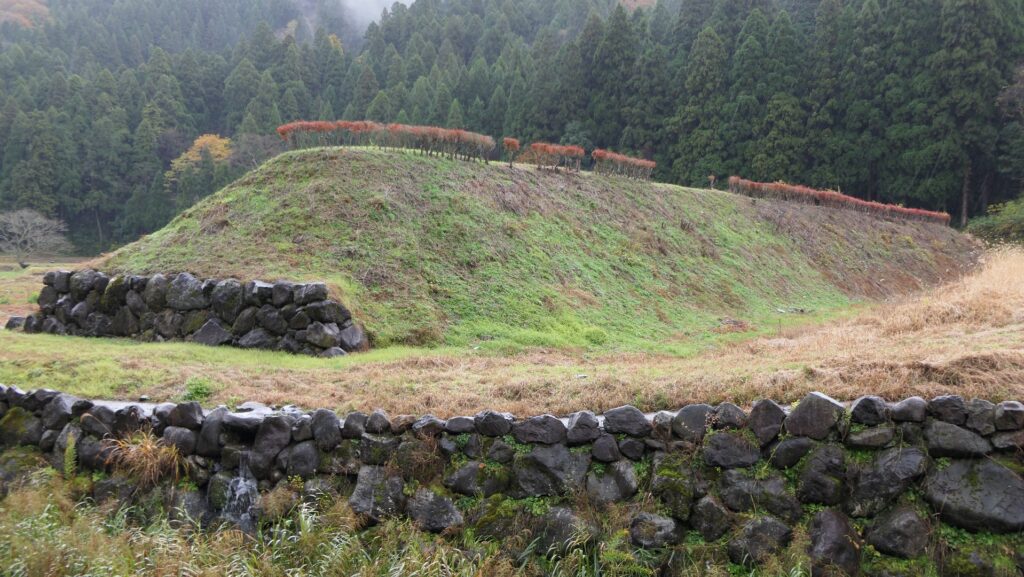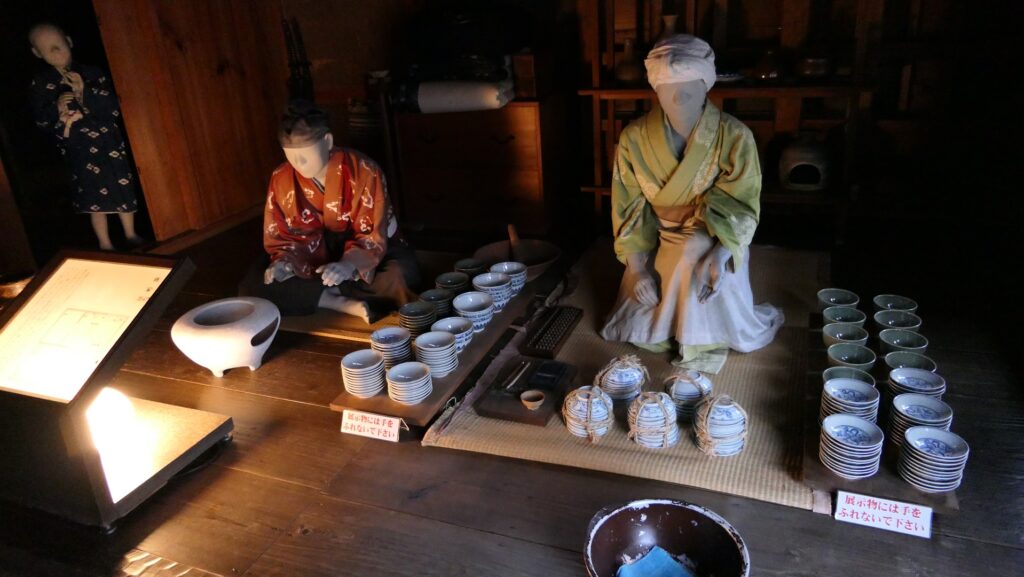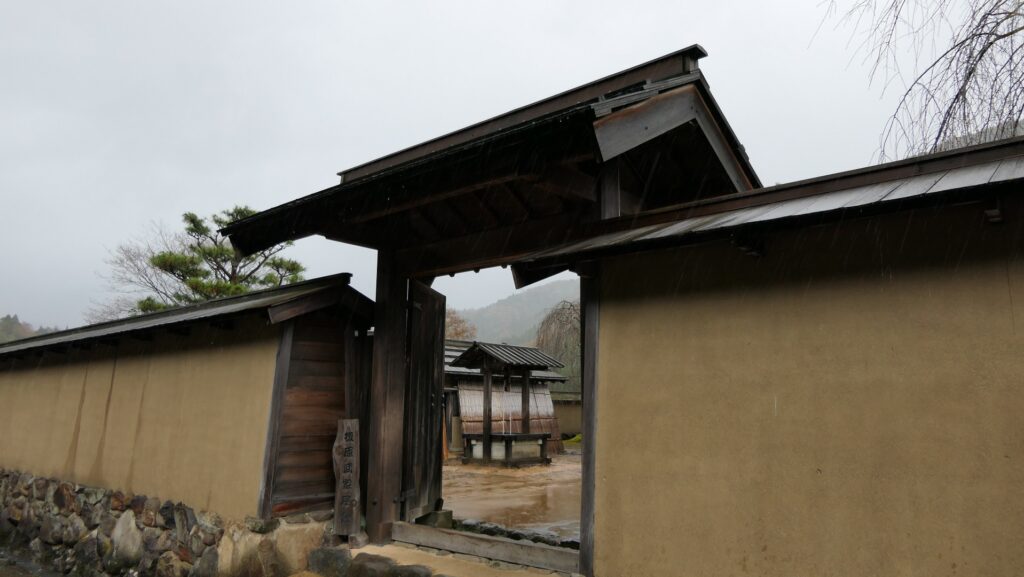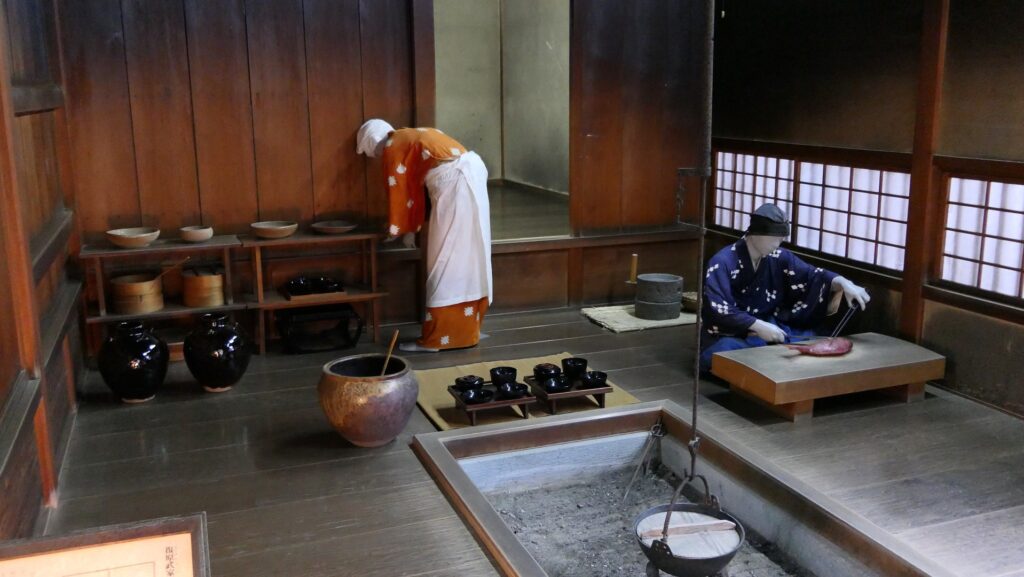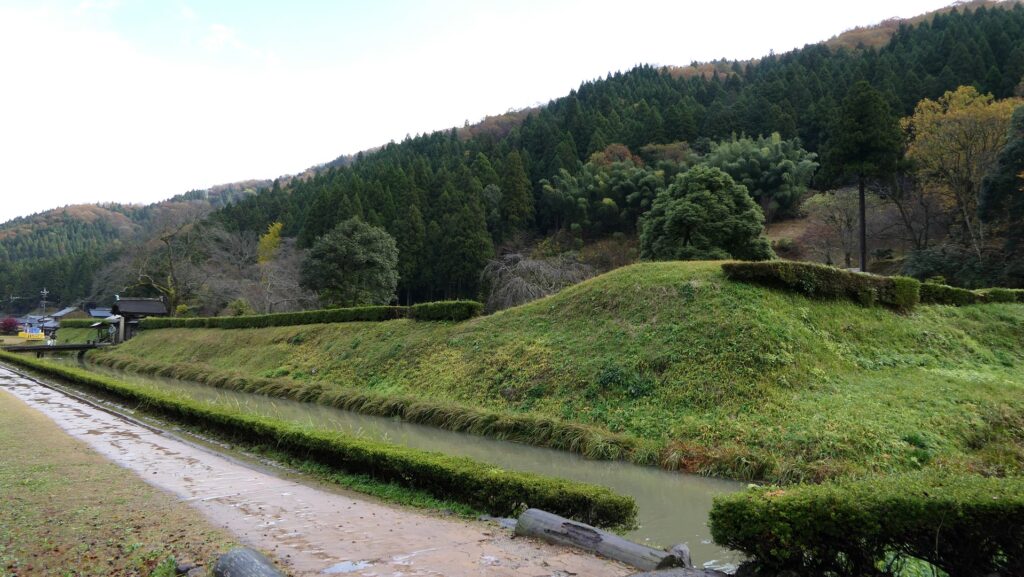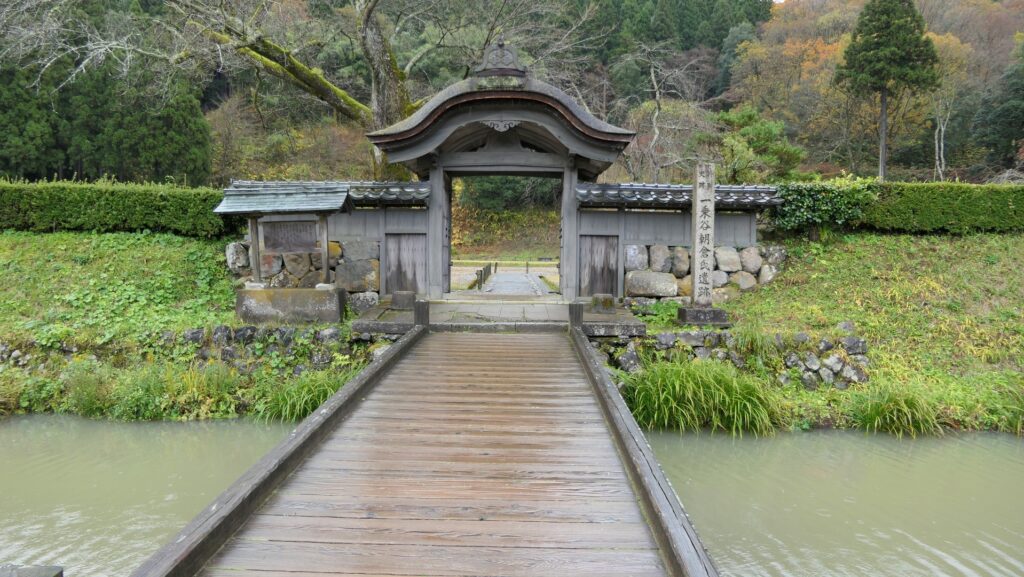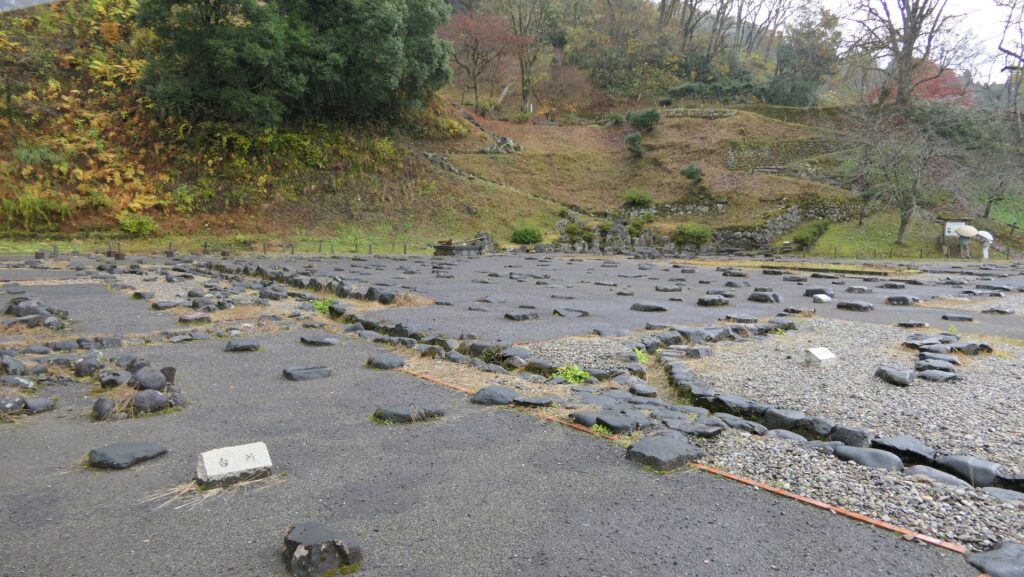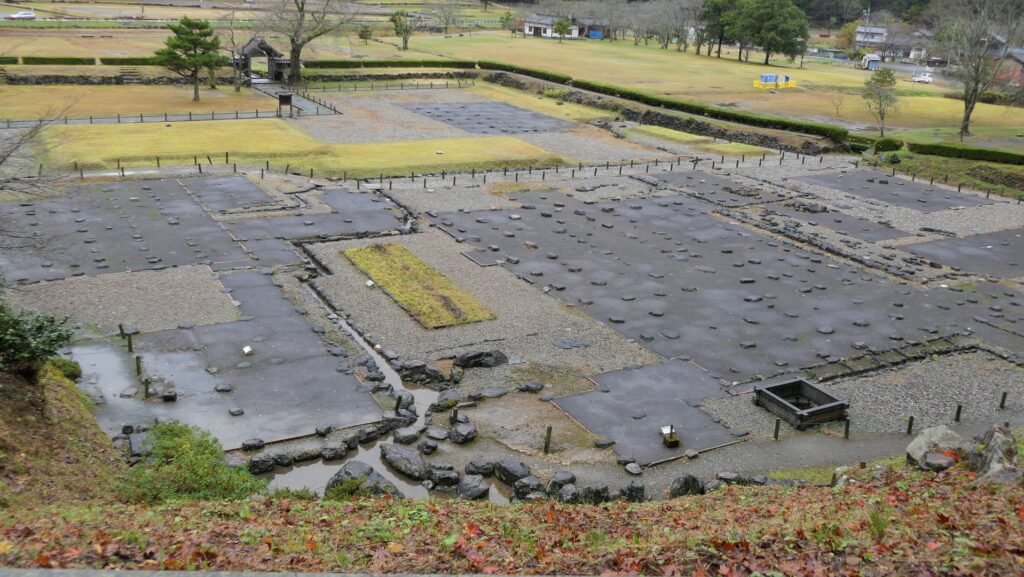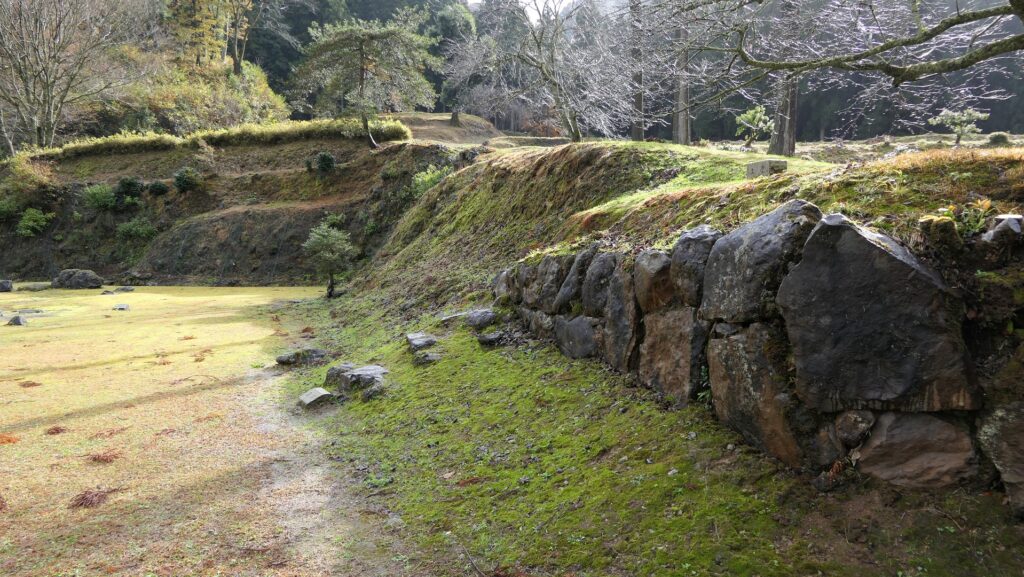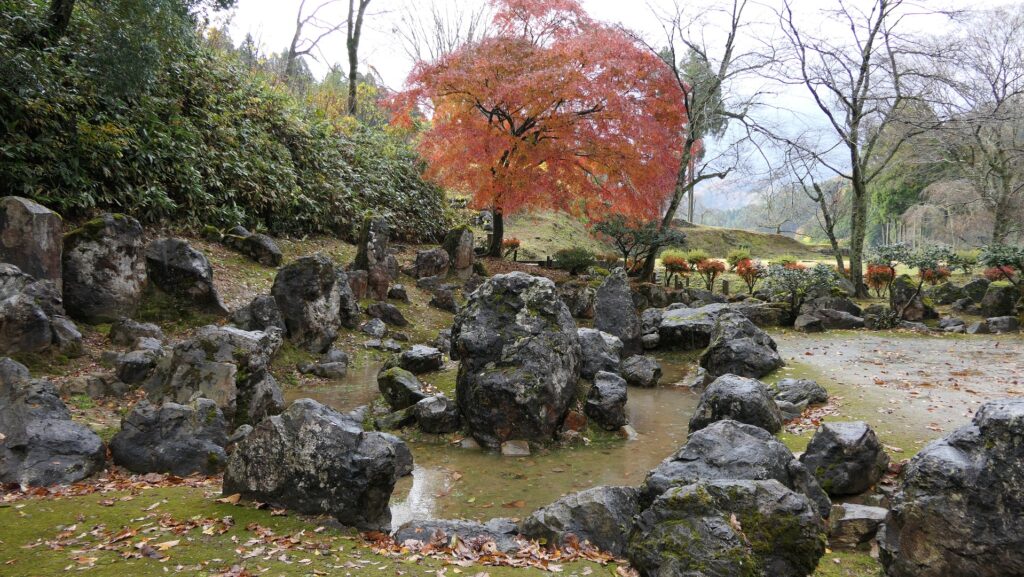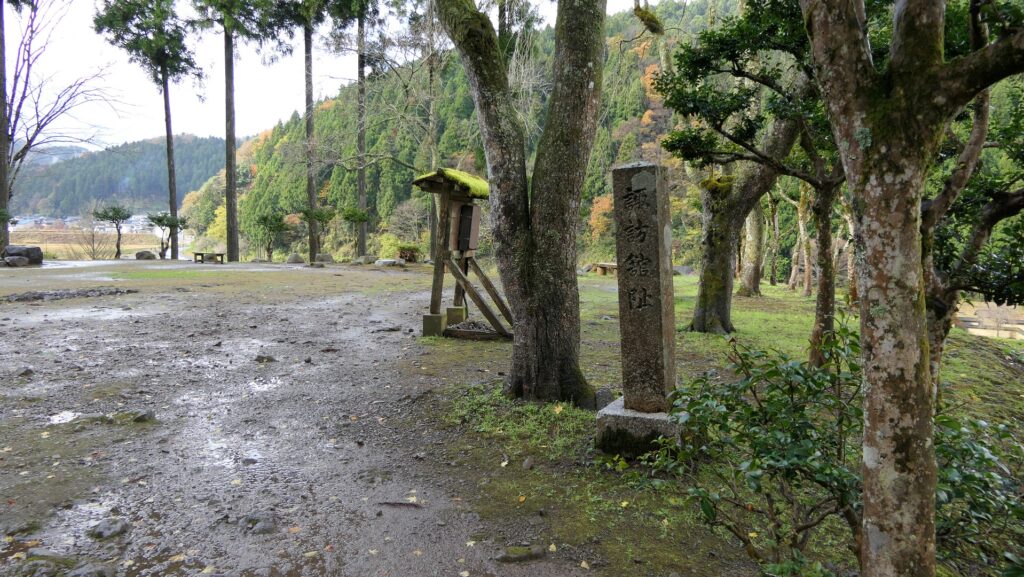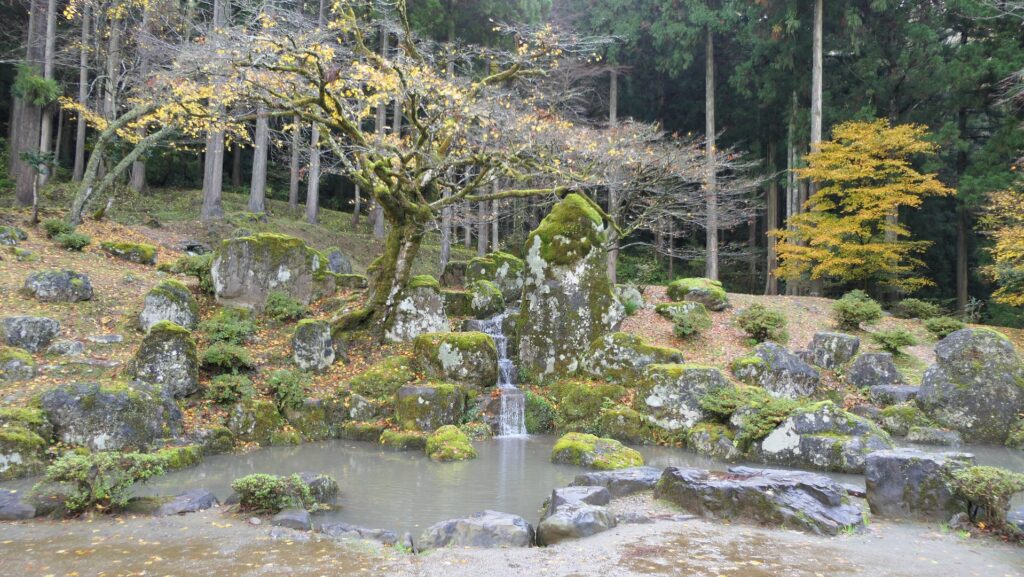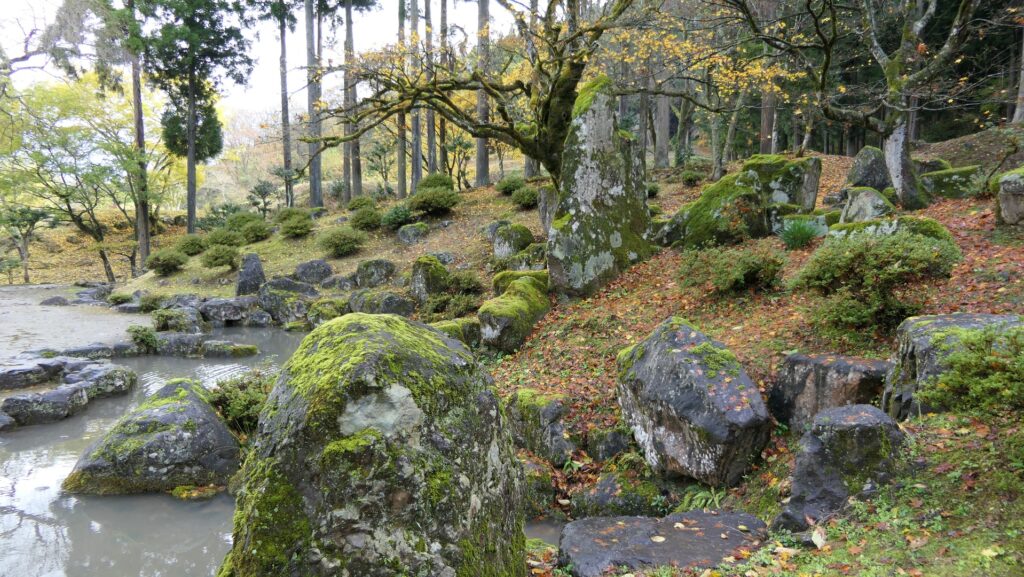Features
Main Gate as Pivot of Defense
You will finally reach the front of the main portion, the Main Gate Ruins. If you go out of the ruins, you can see how well the gate was protected. There is another enclosure in front it, divided by a long and deep dry moat. The moat has double ditches and you need to go across them on a small bridge and a large one. These bridges are zigzagged so that enemies would sometimes be stuck when they attacked the hall. There are thick and high earthen walls with restored wooden fences around the gate ruins, where you can imagine defenders could counterattack with arrows.
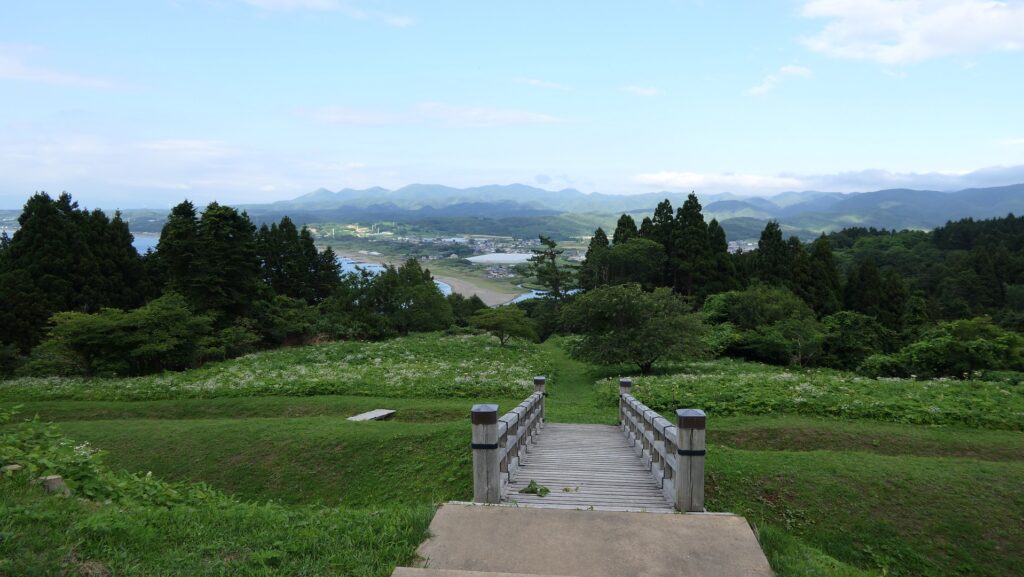
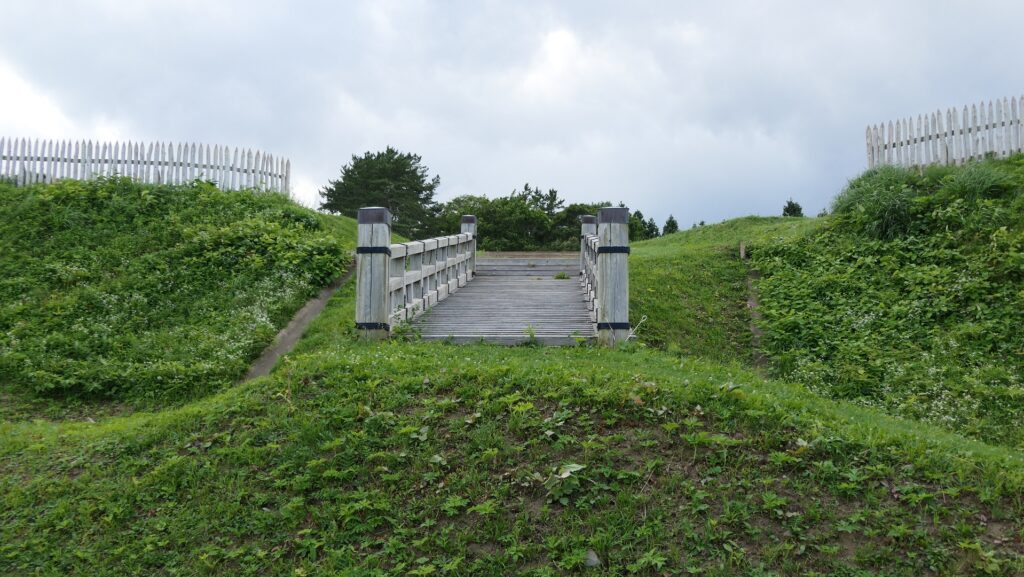
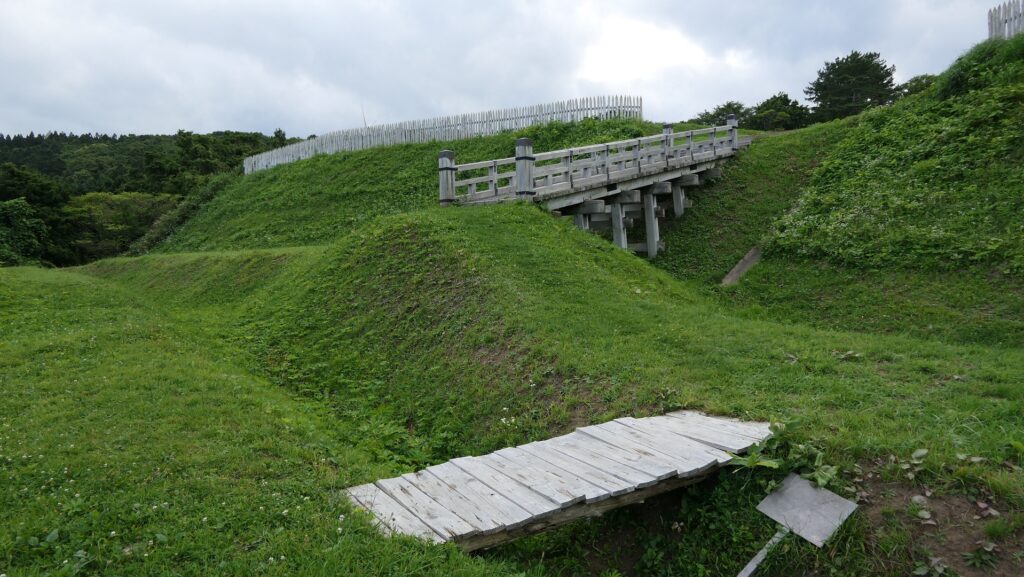
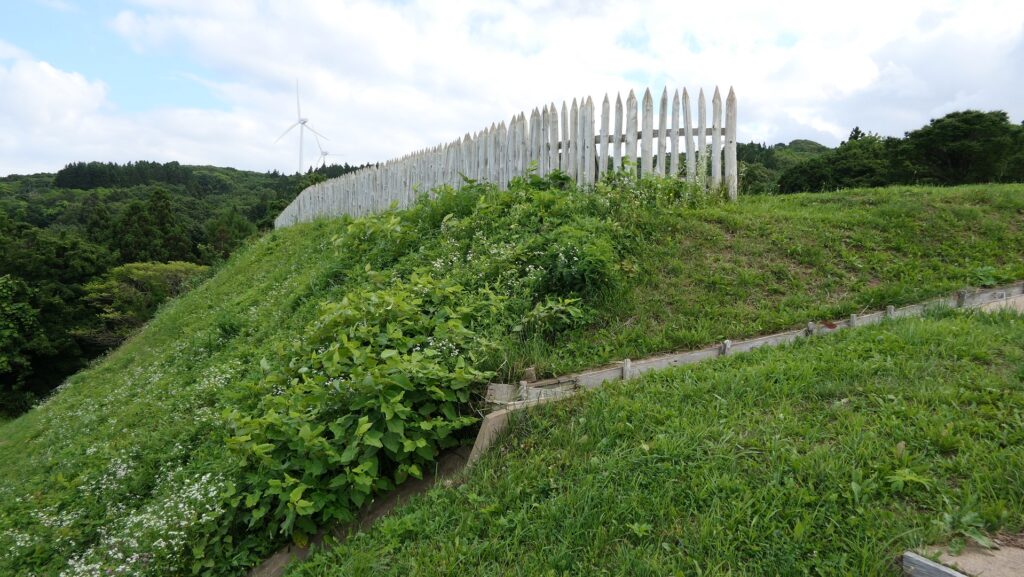

Later History
Kaminoyama-Katsuyama Date Ruins were the place of ancestor worship for the Matsumae Domain during the Edo Period. As castle ruins, they were designated as a National Historic Site in 1977, considered one of the “Kaminokuni Hall Ruins” including Hanazawa Tate, one of the Dounan 12 Halls. After that, they have been excavated and researched since 1979. That’s why the new discoveries about the mainland and Ainu people were found.
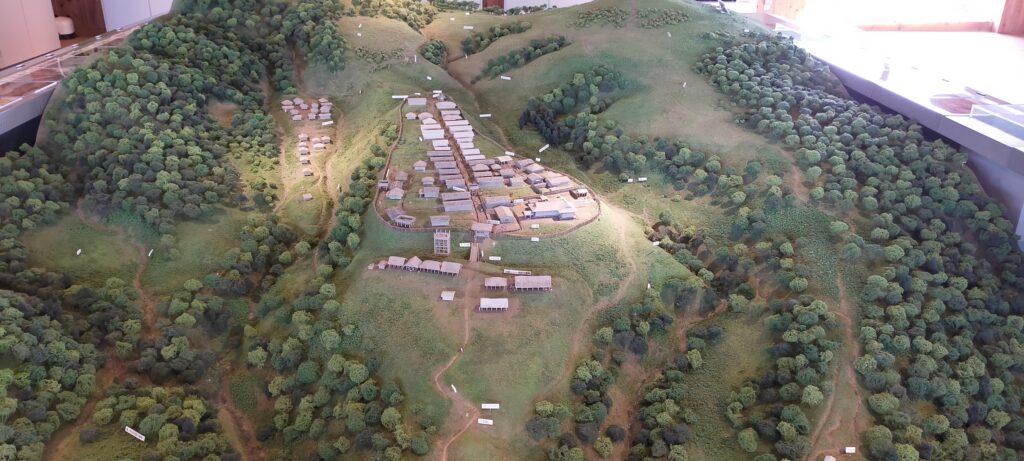
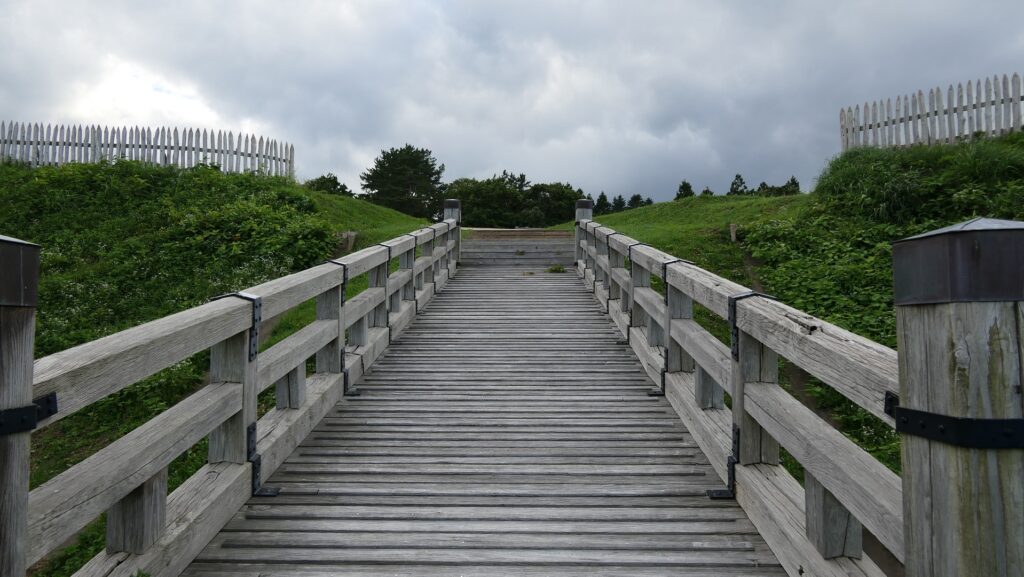
My Impression
I think Kaminokuni-Katsuyama Date deserves not only a hall, but definitely a castle or a medieval city, too. That was the destination of the halls which the mainland people going to Ezo built. That also created a unique way of life where the mainland and Ainu people lived together. I recommend visiting the ruins even though it may take a long time for you to get there.
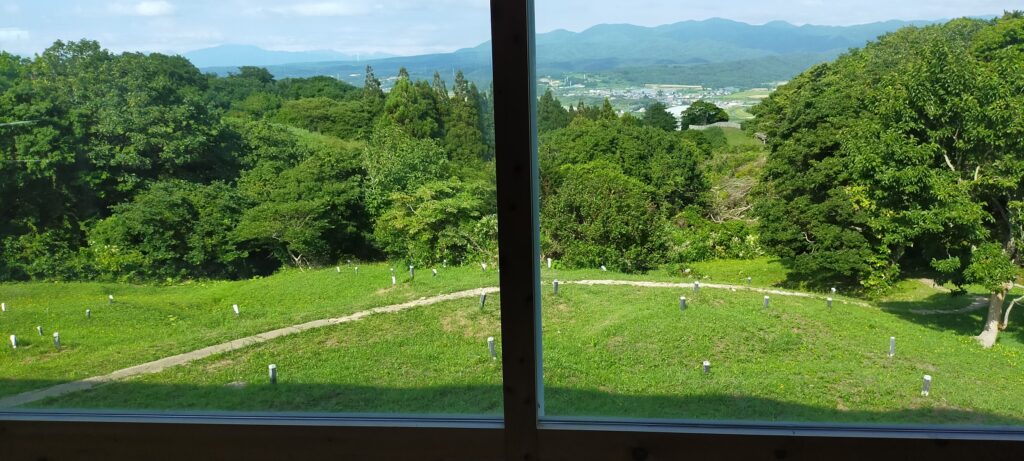
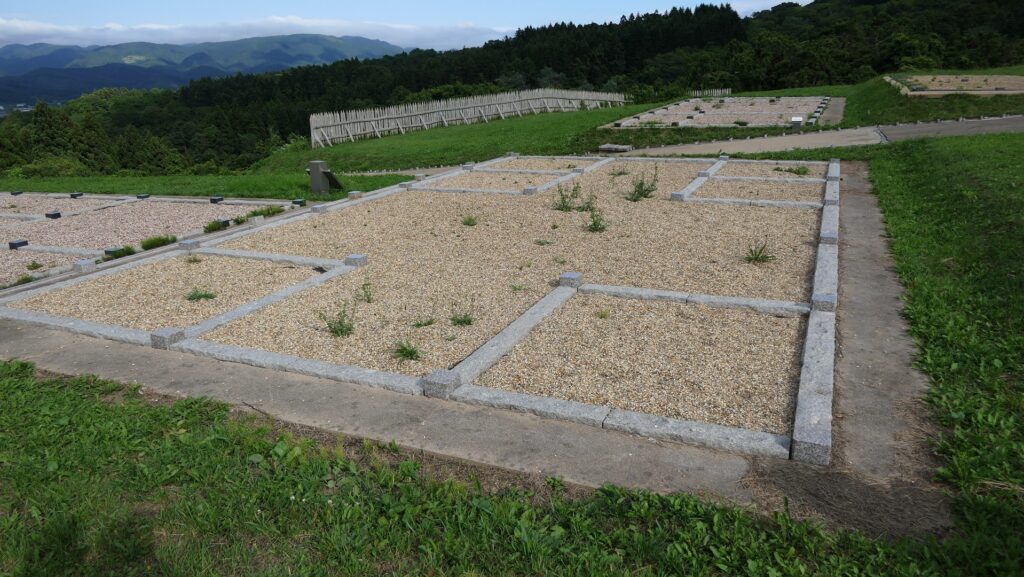
How to get There
I recommend using a car when you visit the castle ruins because there are only a few buses available.
It is about 70km drive away from Shin-Hakodate-Hokuto Station. From Hakodate Airport or the center of Hakodate City, it takes about 90km to get there. You can use the parking lot beside the Katsuyama Castle Guidance Facility. It may be a good idea to rent a car at the station or the airport.
To get to Shin-Hakodate-Hokuto Station from Tokyo: Take the Hokkaido Shinkansen super express at Tokyo Station.
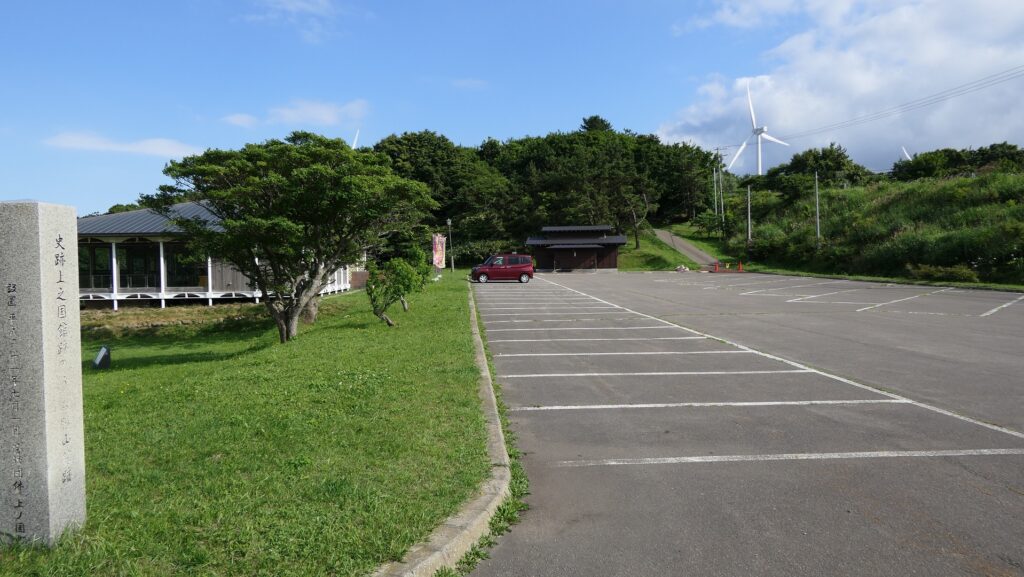
Links and References
・Katsuyama Castle Guidance Facility, Kaminoyama Town
That’s all. Thank you.
Back to “Kaminokuni-Katsuyama Date Part1”
Back to “Kaminokuni-Katsuyama Date Part2”

